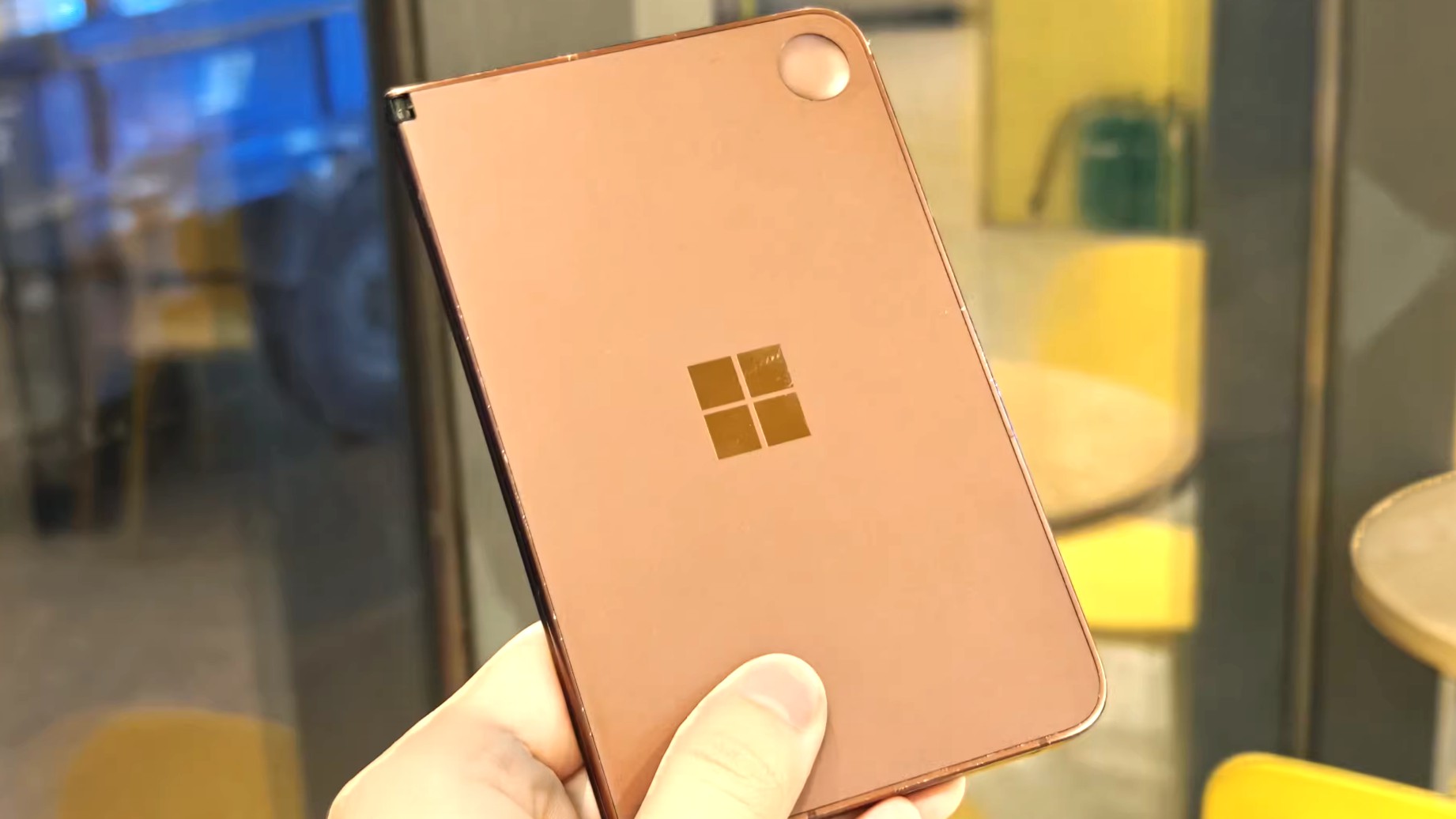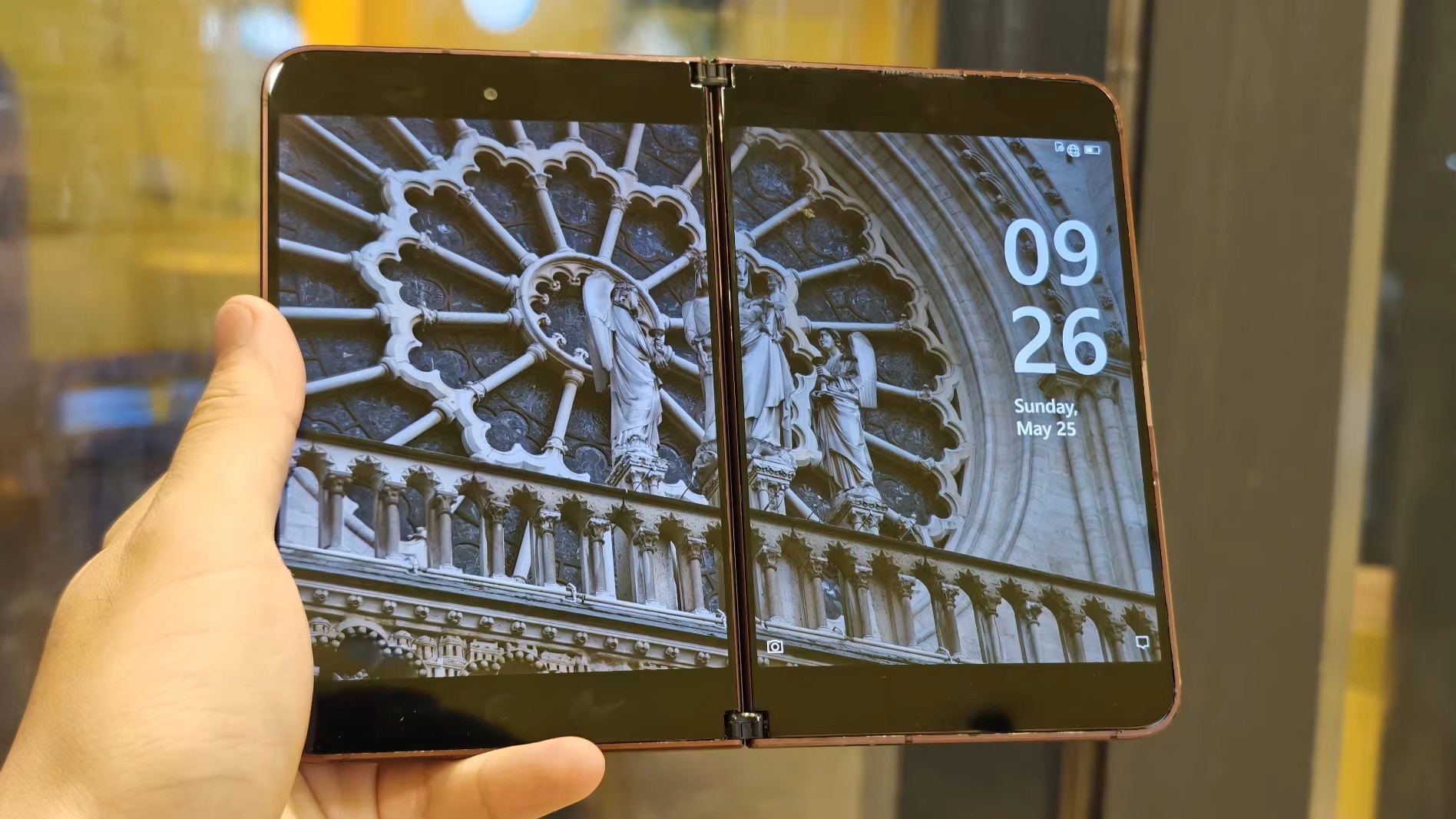This Is Microsoft’s Canceled Windows-Based Surface Duo — The Dual-Screen Windows Phone From 2018 That We Never Got
Surface Andromeda was the successor to Windows Phone we never got. Now, we know exactly what it would have looked like thanks to leaked images of prototype hardware from 2017 and 2018.
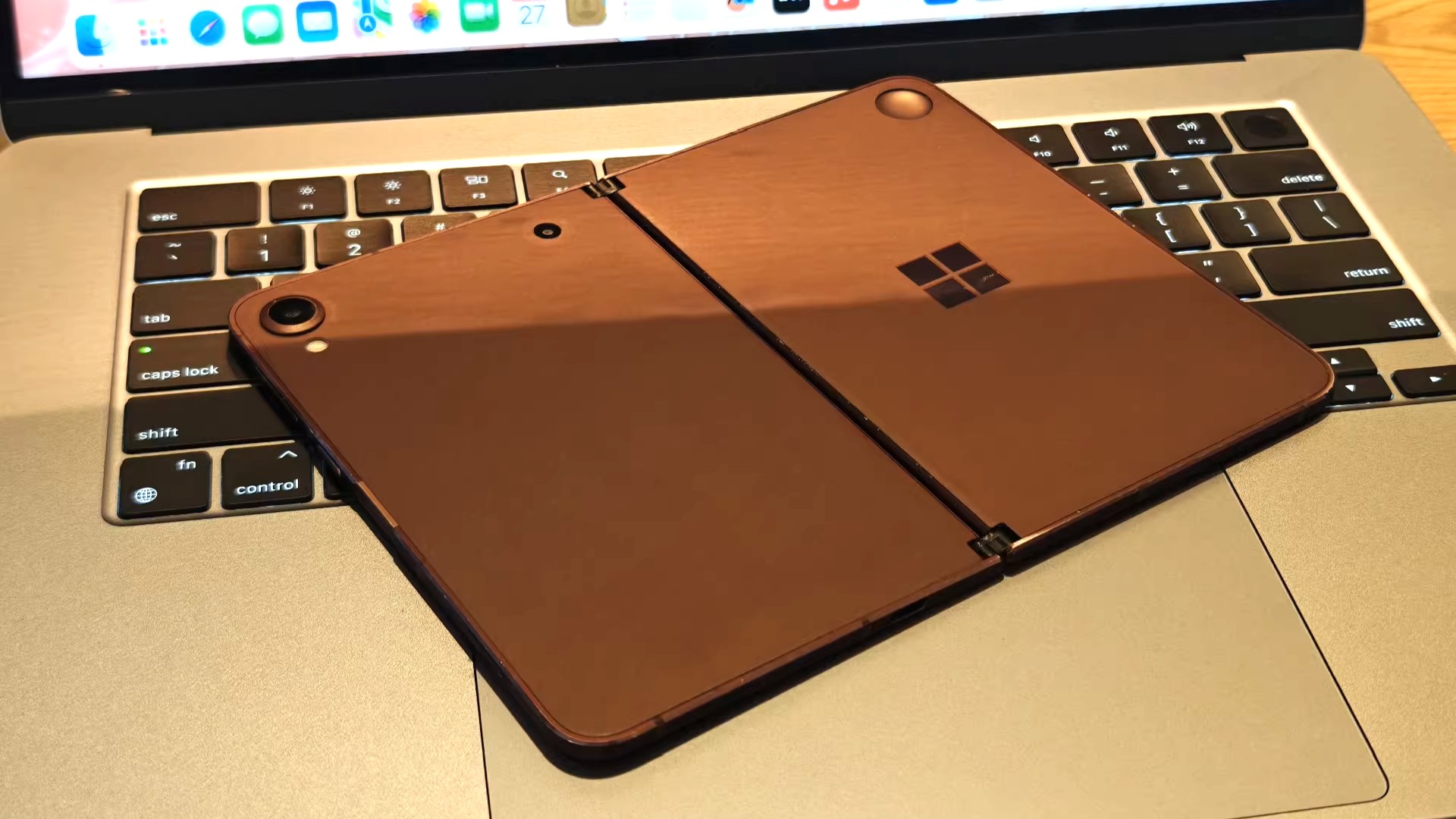
It's a widely known secret that Surface Duo started life as a Windows Phone, and thanks to new images, we finally have our best look yet at the now scrapped hardware and software that Microsoft was originally working on back in 2017.
Codenamed Andromeda, this dual-screen device was supposed to set the stage for a new era of Windows phones. It ran a custom version of the OS built from the ground up for this new form factor, but the project was unfortunately scrapped in 2018 after a myriad of issues and delays.
Microsoft would later tweak the hardware and recycle it as an Android device, which became the Surface Duo we know today. But the original design and vision for Andromeda was quite a bit different.
Andromeda was designed as a digital pocket notebook that could also replace your phone. It prioritized inking and pen use, differentiating it from the rest of the smartphone market considerably.
Up until now, we haven't ever seen Andromeda running the version of Windows it was designed to. We've seen the Andromeda hardware before, and we've also seen the OS it was supposed to run, but never both at the same time. That has finally changed thanks to these new images.
The images were discovered in listings on Chinese commerce platform GooFish, and includes a whole bunch of prototype Andromeda hardware from 2017 and 2018. The devices are in various states of disrepair, but some of them are in working order and do run the special version of Windows that Microsoft scrapped.
These images give us a close look at the Andromeda hardware, and confirm a number of differences compared to the Surface Duo that shipped. Andromeda had a back camera system, built-in wireless charging for the Surface Slim Pen, and a metal frame that gave it a more premium feel.
All the latest news, reviews, and guides for Windows and Xbox diehards.
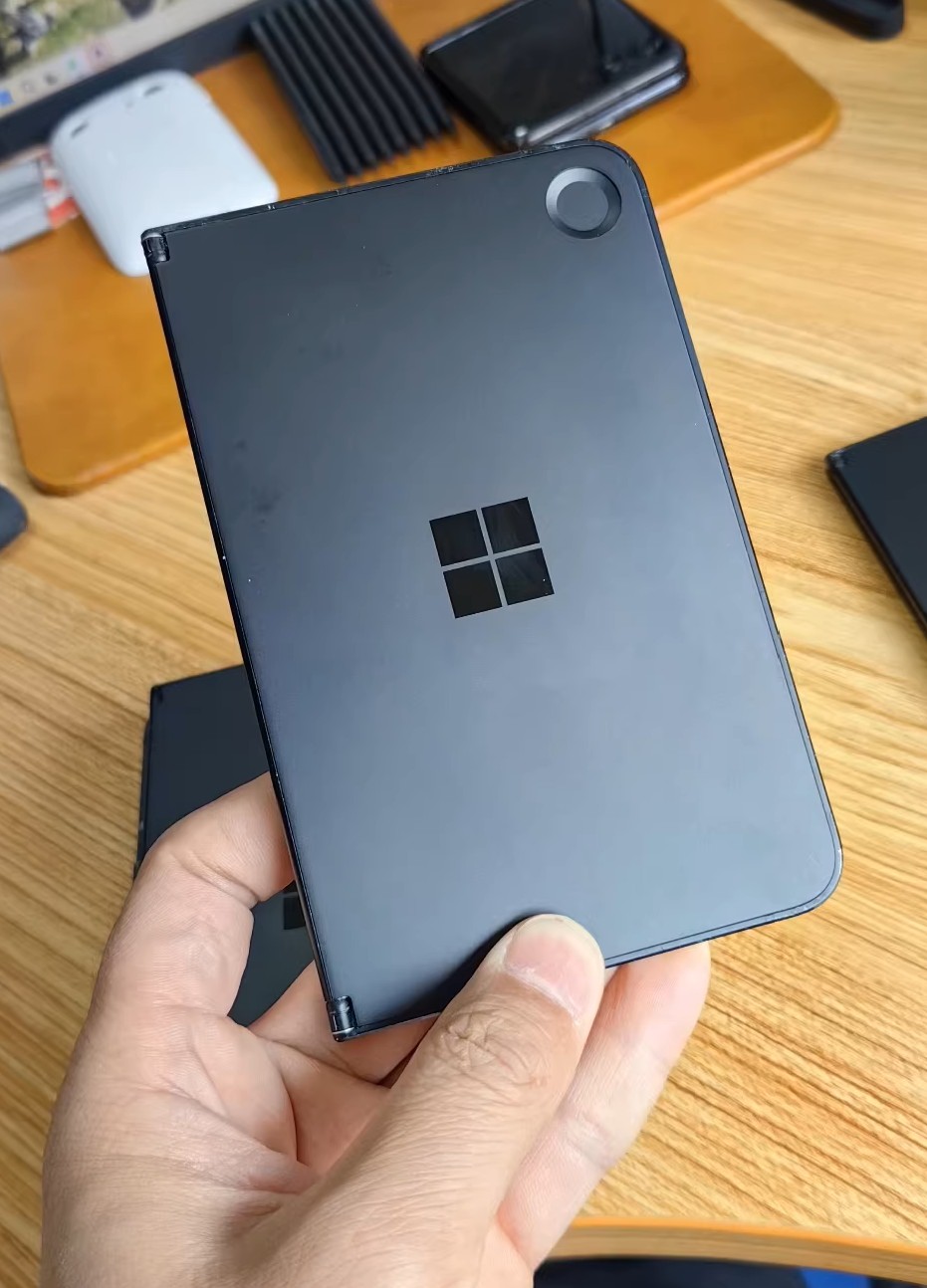
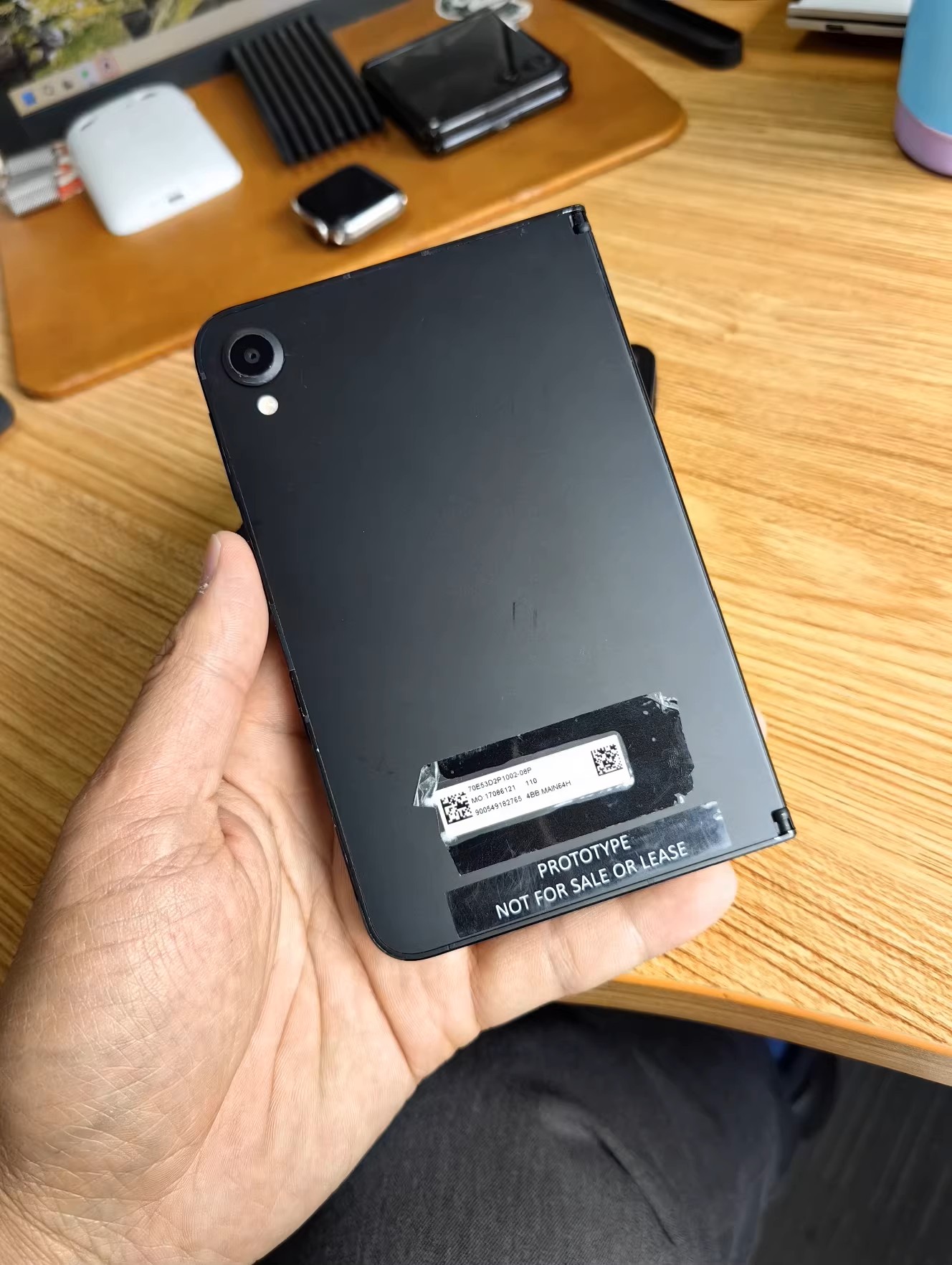

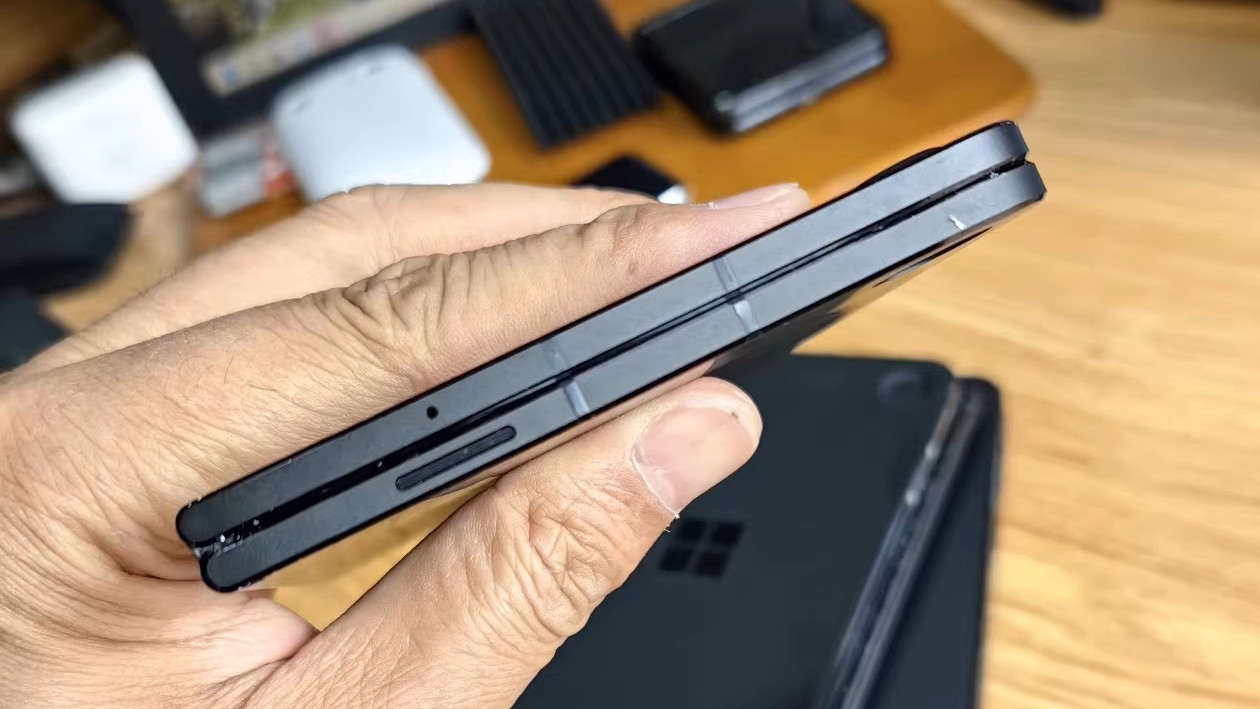

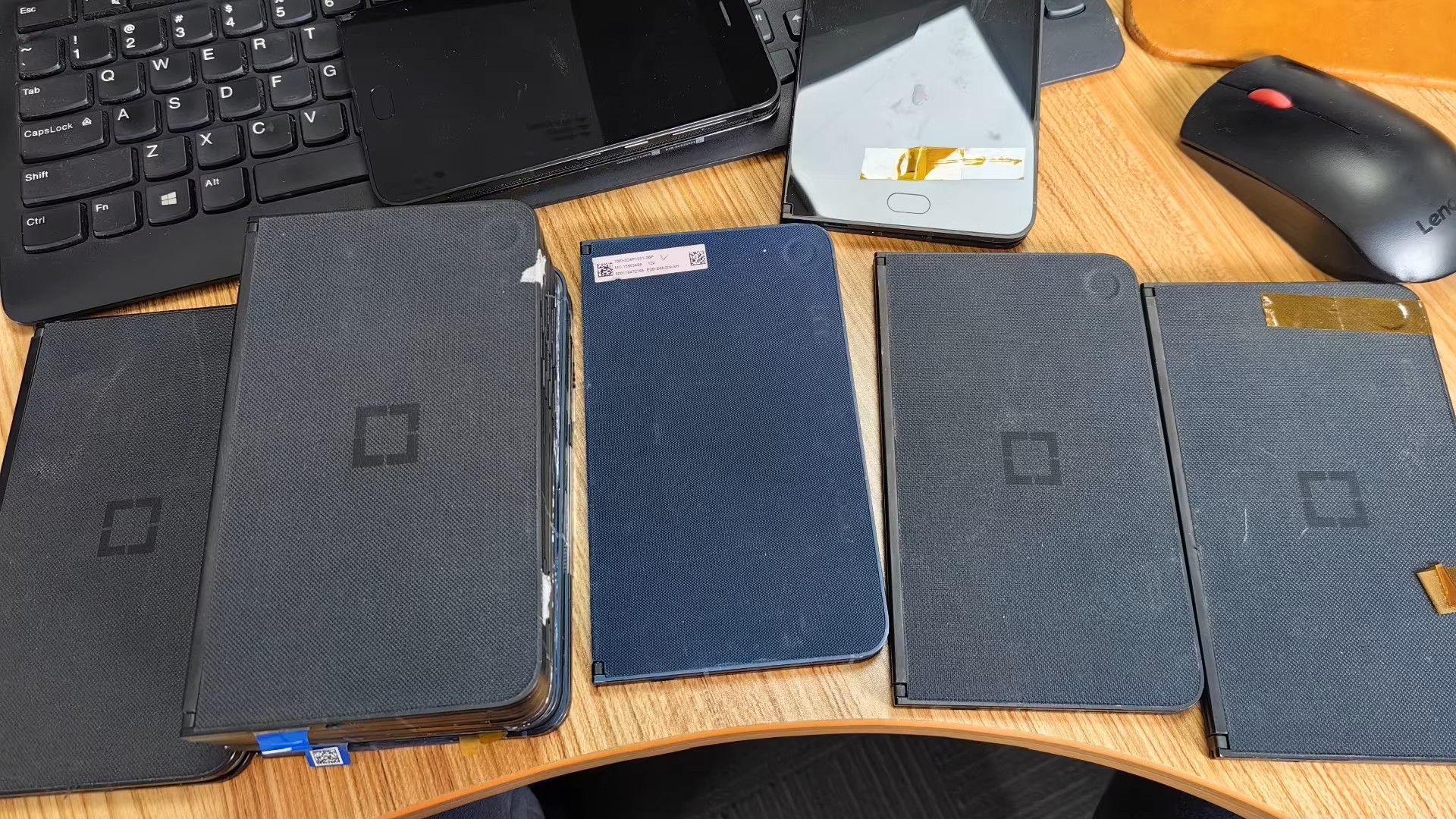
The original Surface Duo omitted all of these things. It wouldn't get a back camera system until Surface Duo 2, wireless charging for the pen only arrived via a detachable cover accessory, and the device simply never got the more premium metal frame that its older Andromeda sibling had.
My sources say that the reason for this was weight. Microsoft wanted Surface Duo to be light, and one way to shed weight was by replacing the metal frame with a plastic one. Unfortunately, plastic isn't as strong, and on a device as thin as Surface Duo, that resulted in the USB-C port cracking over time.
Andromeda also had smaller hinges, which were enlarged on Surface Duo to make them stiffer. I also understand that some Andromeda hardware had a secondary monochrome camera sensor, which was designed to help scan 3D objects. At the time, Microsoft was on a 3D kick with HoloLens and the Windows 10 Creators Update.
Interestingly, the listings on GooFish also reveal an even earlier Andromeda prototype (seen in the gallery above) that was a different shape than Surface Duo. These earlier models are slightly narrower and taller, with a home button underneath the displays and a fabric-like material on the outer shell, giving it more of a journal aesthetic.
The version of Windows that Microsoft was developing for this hardware was also fascinating. It was built on Microsoft's new at the time Windows Core OS, and featured a universal shell that was purpose built for the dual-screen form factor.
The "home screen" was a digital journal that was always ready to ink on, letting the user jot down notes or create reminders, sticky notes, and more. Apps would run above the journal, accessed via the Start menu which could be opened by swiping from the left on the left display.
Cortana was both your digital assistant and notification center, accessed via a swipe from the right hand side of the right display. The lock screen was also a digital inking canvas, ready to be written or drawn on with the Surface Pen.
The Andromeda OS effort was never finalized, so we don't really know what the final product would have been like. It's rough in a lot of areas even towards the end of the project, but at least we now know the vision behind Andromeda and its OS.
I first wrote about the Andromeda project all the way back in 2017, after teasing its codename on Twitter in 2016. It was probably the most interesting Surface device I've ever followed the development of, and its story is still yet to be told in full.
Not many people realize that the death of this device was the death of Windows Phone. While Microsoft did begin winding down the Windows 10 Mobile platform in 2017, it was supposed to be replaced with Andromeda and Windows Core OS in 2018, but that's a story for another time.
For now, let's just enjoy this last look at Microsoft's infamous Andromeda project. Do you think Andromeda would have succeeded in its original form? Let us know in the comments.

You must confirm your public display name before commenting
Please logout and then login again, you will then be prompted to enter your display name.
